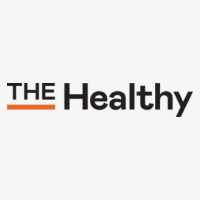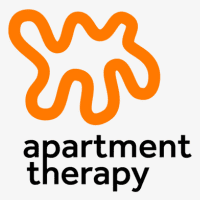The journey of motherhood evolves as you navigate the physical and emotional changes that follow pregnancy and giving birth. Postpartum, often dubbed the fourth trimester, brings with it a myriad of bodily transformations that can be as challenging as they are surprising. From dealing with leaks to coping with fatigue, many new moms wonder how to manage these changes effectively. Here, we discuss some practical ways to handle common postpartum challenges, helping you regain comfort and confidence during this beautiful, albeit intense, phase of life.
Table of Contents
Embrace the Right Absorbent Products for Urinary Incontinence

Postpartum leaking, or urinary incontinence is a common issue many new mothers face after childbirth. The stress on muscles during delivery can lead to less control over bladder functions, resulting in unexpected leaks. Managing this doesn’t have to be a stressor if tackled with the right approach. Start by selecting high-quality absorbent products designed specifically for postpartum use. These are not just any sanitary pads; they are typically thicker and more absorbent, providing comfort and security to handle leaks effectively. Changing these pads regularly and practicing pelvic floor exercises can also greatly improve urinary control over time, reducing the frequency and volume of incidents.
Prevent Mastitis With Effective Breast Pumping
Breast engorgement and mastitis are other hurdles that can appear postpartum. When a baby doesn’t entirely empty the breast during feeding, it can lead to painful engorgement and, if not managed properly, infection known as mastitis. Using a quality breast pump can be a lifesaver in these situations. The Pumply Breast Pump is a popular choice among new mothers for its effectiveness in expressing milk, ensuring that breasts are emptied regularly to prevent these issues.
It’s important to establish a routine that mimics your baby’s feeding schedule, even if you’re pumping. This helps you keep a good milk supply and reduces the risk of engorgement and infection. Remember, clean hands and sanitized pump parts are crucial to prevent introducing bacteria that can lead to mastitis.
Manage Sweating and Body Odor With Natural Remedies
Postpartum sweating and increased body odor are surprisingly common, driven by hormonal shifts as the body sheds excess fluid accumulated during pregnancy. While it can be unsettling, managing increased sweating and body odor is manageable with natural remedies and the right personal care products. Choose comfortable clothing made of natural fibers like cotton, which allows the skin to breathe, reducing sweat accumulation.
You can also stay hydrated to help regulate body temperature and flush out toxins, indirectly aiding in reducing sweat production. For body odor, consider natural deodorants that are free from aluminum and other harsh chemicals. These products are gentle on the skin, which is especially important as many new moms have heightened skin sensitivity postpartum.
Use Safe Period Underwear for Postpartum Bleeding
Postpartum bleeding, or lochia, is a natural process your body goes through to shed the lining of the uterus after childbirth. This bleeding can last for several weeks, and managing it comfortably is crucial for any new mother. Thinx period underwear offers a reliable and comfortable solution, designed to absorb blood without the bulkiness of regular pads. These safe period underwear garments provide effective leakage protection while being gentle on the skin because it’s free of many of the toxins you would find in disposable pads. This is important as the body heals from labor.
Incorporating these undergarments into your postpartum care routine alleviates some stress, allowing you to focus more on your baby and less on leaks or postpartum bleeding. The reusable nature of period underwear also makes them an environmentally friendly option, reducing waste compared to disposable products.
Tackle Hair Loss With Gentle Hair Care and Nutrition
A less often discussed but equally stressful postpartum issue is hair loss. Many new mothers experience significant shedding due to falling estrogen levels. While this is typically temporary, managing it can boost your confidence. Start with gentle hair care; avoid harsh treatments and styles that pull on the hair, such as tight braids or ponytails.
Instead, opt for loose hairstyles that minimize stress on your hair follicles. Nutrition also plays a pivotal role in hair health. Eat tasty foods filled with various vitamins and minerals that promote hair growth—like vitamin C, iron, and omega-3 fatty acids. Also, speaking with a healthcare provider about postpartum vitamins can ensure you’re getting the necessary nutrients during this recovery phase.
Soothe Skin Changes With Proper Skincare
Lastly, many new mothers notice significant changes in their skin postpartum, ranging from dryness and acne to stretch marks and varicose veins. Addressing these skin concerns requires a gentle yet effective skincare routine. Make sure you drink clean water and use moisturizers that are free from harmful additives. For acne, seek non-comedogenic products that cleanse gently without clogging pores.
If stretch marks or varicose veins are a concern, products containing natural oils like coconut or almond can improve skin elasticity and reduce their appearance over time. Remember, it’s important to give your skin time to adjust back to its pre-pregnancy state, and being patient with these changes is key.













